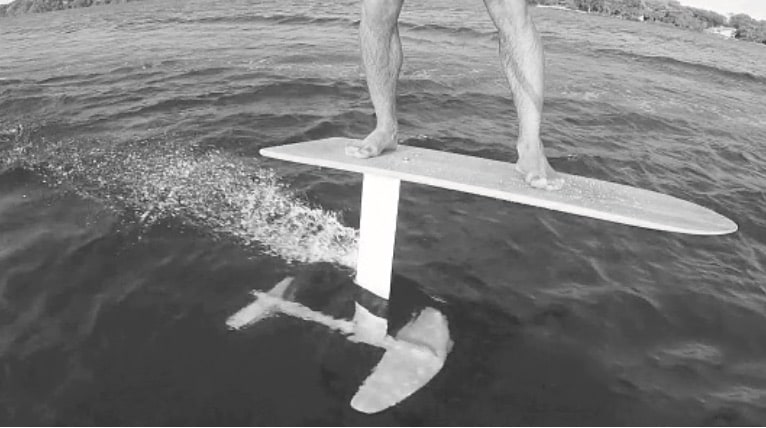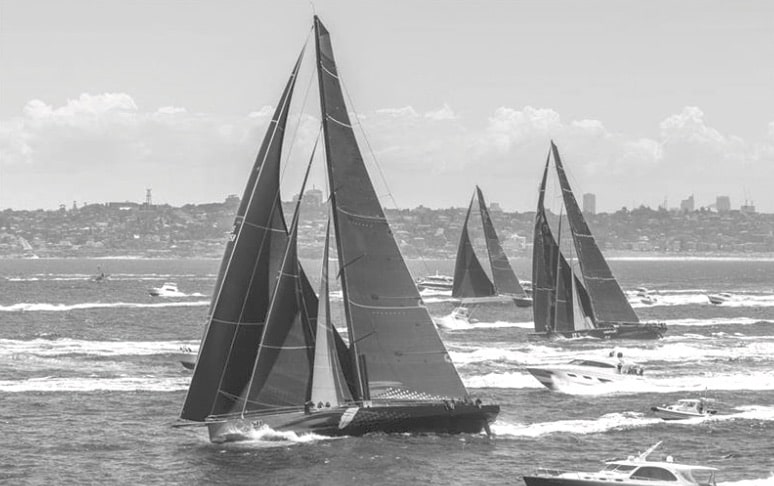The mass of a single-engine propeller aeroplane, without pilot or passengers, is 906 kg . It has a maximum lift to drag ratio of 10.5. When fully loaded, the plane needs to produce 1050 N of thrust to maintain cruising speed and altitude. What is the maximum total allowable mass for the pilot and passengers in kilograms? (3 marks) --- 6 WORK AREA LINES (style=blank) ---
ENGINEERING, AE 2024 HSC 12 MC
What is the effect of increasing the angle of attack on the lift and induced drag of an aircraft?
\begin{align*}
\begin{array}{c}
\rule{0pt}{2.5ex} \ & \rule[-1ex]{0pt}{0pt} \\
\rule{0pt}{2.5ex} \textbf{A.} \rule[-1ex]{0pt}{0pt} \\
\rule{0pt}{2.5ex} \textbf{B.} \rule[-1ex]{0pt}{0pt} \\
\rule{0pt}{2.5ex} \textbf{C.} \rule[-1ex]{0pt}{0pt} \\
\rule{0pt}{2.5ex} \textbf{D.} \rule[-1ex]{0pt}{0pt} \\
\end{array}
\begin{array} {|c|c|}
\hline
\rule{0pt}{2.5ex} \text{Lift} \rule[-1ex]{0pt}{0pt} & \text{Induced drag} \\
\hline
\rule{0pt}{2.5ex} \ \ \ \ \ \text{Decreases} \ \ \ \ \ \rule[-1ex]{0pt}{0pt} & \ \ \ \ \ \text{Decreases} \ \ \ \ \ \\
\hline
\rule{0pt}{2.5ex} \text{Decreases} \rule[-1ex]{0pt}{0pt} & \text{Increases} \\
\hline
\rule{0pt}{2.5ex} \text{Increases} \rule[-1ex]{0pt}{0pt} & \text{Decreases} \\
\hline
\rule{0pt}{2.5ex} \text{Increases} \rule[-1ex]{0pt}{0pt} & \text{Increases} \\
\hline
\end{array}
\end{align*}
ENGINEERING, AE 2023 HSC 16 MC
An aircraft weighing 3 tonne is ascending as shown. The lift to drag ratio is \(11: 1\).
Which row of the table correctly identifies the lift, drag and thrust values for the aircraft?
| \( \text{Lift} \) | \( \text{Drag}\) | \( \text{Thrust}\) | |
| \( \text{A.} \) | \(29.8\ \text{kN}\) | \(2.7\ \text{kN}\) | \(5.8\ \text{kN}\) |
| \( \text{B.} \) | \(29.8\ \text{kN}\) | \(2.7\ \text{kN}\) | \(3.1\ \text{kN}\) |
| \( \text{C.} \) | \(2.7\ \text{kN}\) | \(3.1\ \text{kN}\) | \(5.8\ \text{kN}\) |
| \( \text{D.} \) | \(2.7\ \text{kN}\) | \(3.1\ \text{kN}\) | \(29.8\ \text{kN}\) |
ENGINEERING, AE 2017 HSC 6 MC
The diagram shows an aerofoil.
Which condition needs to be achieved for lift to occur?
- Pressure 1<Pressure 2
- Pressure 1= Pressure 2
- Pressure 1> Pressure 2
- Pressure 1+ Pressure 2=0
ENGINEERING, AE 2016 HSC 25c
A taut cable and aerofoil of similar thickness are tested in a wind tunnel. The results show that the aerofoil produces significantly less drag than the cable.
Explain how the aerofoil produces less drag than the taut cable. Use the diagram to assist your response. (3 marks)
--- 6 WORK AREA LINES (style=lined) ---
ENGINEERING, AE 2016 HSC 25ai
An image of a small drone is shown.
Explain how this drone achieves flight. (3 marks)
--- 6 WORK AREA LINES (style=lined) ---
ENGINEERING, AE 2018 HSC 25c
A two-engine aircraft with mass 330 tonnes is climbing at 15°. Each engine produces 510 kN of thrust. The aircraft maintains a constant velocity.
- Complete the space diagram by indicating the four key forces of flight for this situation. (2 marks)
--- 0 WORK AREA LINES (style=lined) ---
- Determine the induced drag force for this situation. (3 marks)
--- 7 WORK AREA LINES (style=lined) ---
ENGINEERING, AE 2019 HSC 25d
The photograph shows a board with a hydrofoil attached underneath.

The hydrofoil is used to lift the board out of the water as the rider is towed behind a boat at high speed.
Explain why the hydrofoil can lift the board out of the water when it is travelling at high speed. (3 marks)
--- 8 WORK AREA LINES (style=lined) ---
ENGINEERING, AE 2019 HSC 25a
Modern racing yachts are now designed using aeronautical engineering principles.

The diagram shows the hull of a racing yacht.
How can engineers use an understanding of the effects of drag to improve the design of racing yacht hulls? (3 marks)
--- 6 WORK AREA LINES (style=lined) ---
ENGINEERING, AE 2019 HSC 12 MC
Which row of the table indicates the effects of retrofitting winglets to a plane?
ENGINEERING, AE 2022 HSC 24c
An image of a glider is shown.
The glider is currently on a descent at an angle of 19 degrees. The total lift force is 6250 N.
- Draw a free-body diagram, indicating all forces acting on the glider. (1 mark)
--- 4 WORK AREA LINES (style=blank) ---
- If the mass of the pilot is 95 kg, calculate the mass of the glider. (3 marks)
--- 6 WORK AREA LINES (style=blank) ---
- Calculate the lift-to-drag ratio. (2 marks)
--- 4 WORK AREA LINES (style=blank) ---
ENGINEERING, AE 2022 HSC 10 MC
Which of the following identifies two causes of parasitic drag?
- Aircraft lift, angle of attack
- Aircraft lift, material of aircraft skin
- The movement of air over the wing, angle of attack
- The movement of air over the wing, material of aircraft skin
ENGINEERING, AE 2020 HSC 7 MC
Which of the following best describes how an unpowered aircraft will glide, in a controlled descent, when the lift-to-drag ratio is high?
- Long distance at a steep glide angle
- Short distance at a steep glide angle
- Long distance at a shallow glide angle
- Short distance at a shallow glide angle
ENGINEERING, AE 2020 HSC 2 MC
What is the main purpose of the flaps on the wings of an aircraft?
- To make the aircraft safer at higher speeds
- To decrease lift to allow faster take-off speeds
- To increase lift at lower speeds for take-off and landing
- To decrease drag to allow higher take-off and landing speeds
ENGINEERING, AE 2021 HSC 23c
A 3000 kg aircraft is flying in level flight at constant speed.
Using a free-body diagram, calculate the thrust on the plane if the lift to drag ratio of the aircraft is 11:1. (3 marks)
--- 6 WORK AREA LINES (style=blank) ---
ENGINEERING, AE 2021 HSC 13 MC
Two identical aircraft, `Q` and `R`, are travelling at 500 km per hour. Aircraft `Q` is at an altitude of 1000 m and aircraft `R` is at an altitude of 10 000 m.
Compared to aircraft `Q`, aircraft `R` generates
- less lift and less drag.
- less lift and more drag.
- more lift and less drag.
- more lift and more drag.